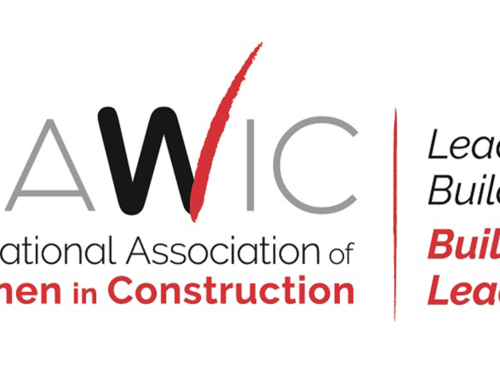This year, GBCA is participating in OSHA’s Focus Four Campaign, providing resources to avoid incidents involving OSHA’s Focus Four hazards. This month, we’re featuring resources on Caught-in/Between hazards and this week’s toolbox talk is about demolition safety. Scroll down to read it. Click below to download it as a printable Toolbox Talk.
Demolition Safety
Ask the following questions and give time for answers.
- What are the hazards?
- Collapse, falling materials, live utilities, falls
- What are the results?
- Broken or crushed limbs and bones, entrapment, internal damage, and death
- What should we look for?
- Load supporting beams, structural stability, proper employee training, engineering survey, reasons for demolishing the structure, means and methods of demolition activities.
Actual Incident:
Philadelphia, PA: Two workers were performing demolition operations inside a three story residential home. The home was abandoned and deemed unsafe to inhabit due to deteriorating conditions. The demolition crew began razing the structure from the roof level and proceeded downward to the second floor. During the course of removing the second story interior walls the employees were struck-by an exterior wall which resulted in an interior collapse of the house. The exterior walls were not shored or braced causing the wall to collapse inward onto the employees with the resultant weight crashing through to the lower floor. One employee was fatally injured and the second employee sustained broken bones, crushed limbs and multiple contusions.
How do we prevent these results?
- Demolition of exterior walls and floors must begin at the top of the structure and proceed downward.
- Structural or load-supporting members on any floor must not be cut or removed until all stories above that floor have been removed.
- All roof cornices or other ornamental stonework must be removed prior to pulling walls down.
- Employees must not be permitted to work where structural collapse hazards exist until they are corrected by shoring, bracing, or other effective means.
- Brace or shore up the walls and floors of structures which have been damaged and which employees must enter.
- Select, wear, and use appropriate personal protective equipment (PPE) for the task; inspect PPE before use.
- Inspect all stairs, passageways, and ladders; illuminate all stairways.
- Shut off or cap all electric, gas, water, steam, sewer, and other service lines; notify appropriate utility companies.
- Guard wall openings to a height of 42 inches; cover and secure floor openings with material able to withstand the loads likely to be imposed.
- Floor openings used for material disposal must not be more than 25% of the total floor area.
- Use enclosed chutes with gates on the discharge end to drop demolition materials to the ground or into debris containers.





